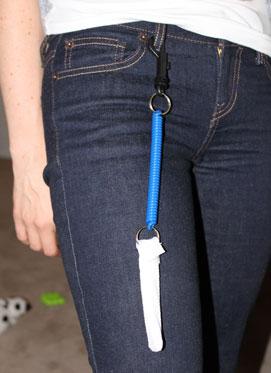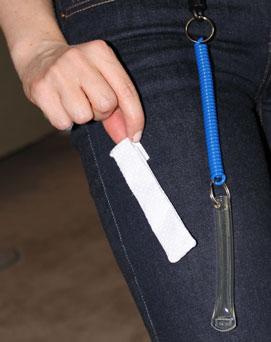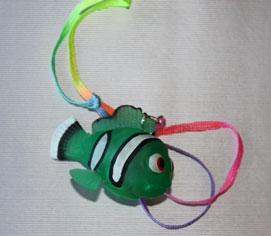What it is
An area of student need, involving difficulty with the way that the brain takes in information from the senses.
Teaching Strategies

Instructional
• Consult and implement strategies recommended by an occupational therapist, physiotherapist and/or speech-language pathologist.
• Develop alternative programming in the student’s Individual Education Plan (IEP), with attainable goals related to sensory integration.
• Track behaviours to determine sensory needs.
• Communicate regularly with parents/guardians and other staff.
• Directly teach calming strategies and appropriate sensory seeking/avoidance strategies.
• Consider the triggers and function of behaviours to develop, and teach replacements.
• Use visuals.
• Use social stories.
• Give advance warning for fire drills and other changes.
• Watch for the onset of sensory issues, and redirect these.
• Use calm, directive language.
• Model strategies and regularly practise them.
• Teach language/communication to deal with sensory seeking/overload.
• Positively reinforce the use of strategies.
• Schedule sensory breaks.
Less...
More...

Environmental
• Access a sensory room, if available.
• Reduce trigger sensory input.
• Provide a calming/time-out space.
• Provide assistive devices to support sensory needs (task lighting, colored paper, items with preferred textures, roller boards, etc.).
• Provide relaxation tools (stress balls, material in different textures, etc.).

Assessment
• Minimize triggers and maximize appropriate sensory strategies as per the student’s needs.
• Accommodate the student’s sensory needs.
• Break tests/assignments into chunks.
• Allow for frequent breaks.
• Encourage the use of stress reduction strategies during testing.
Resources
|
|
Various strategies by topic. |
|
|















